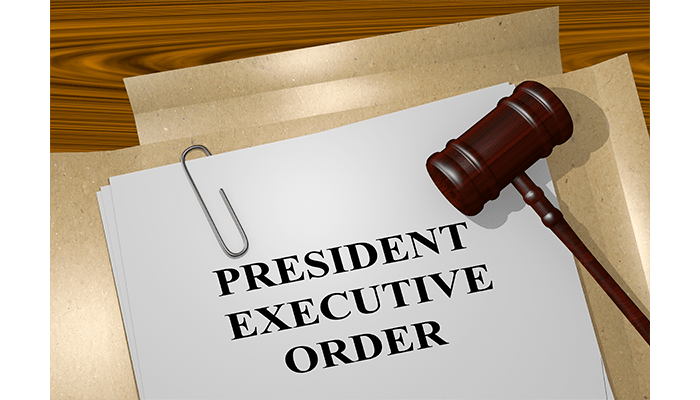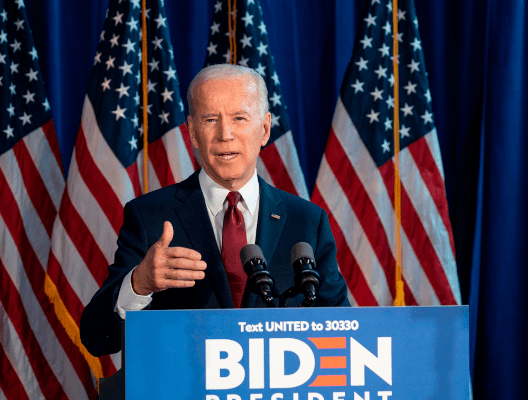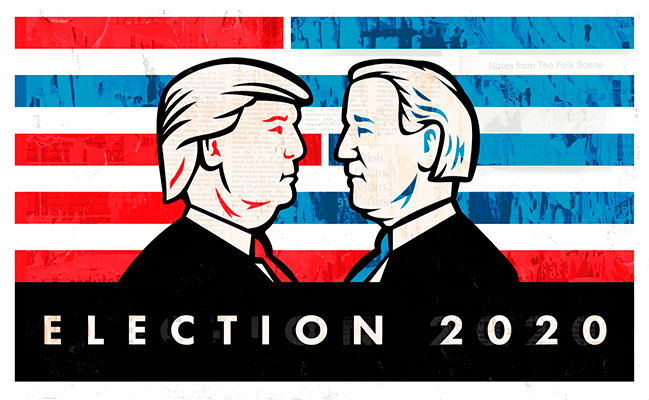
President Trump with his Executive Order on Retirement plans expanded the horizons of better retirement to many people who before had no chance to retire comfortably and securely. It helps to close the gap between many employees working for small companies which do not have the ability to set up an internal retirement plan for their workforce. The mechanics of this new process allows a group of small firms to participate in the Multiple Employer Plan (MEP) to offer the opportunity for employees to save portions of the paycheck on their retirement accounts.
Also, “MEPs have a structural advantage over other forms of retirement programs—they allow employers to be relieved of plan administrator responsibilities to a greater extent than is possible under a single employer plan structure, making them one of the simplest arrangements for employers who wish to offer retirement benefits,” Pentegra CEO and President John E. Pinto said.
Key advantages and benefits
MEP is a retirement plan that is adopted by two or more employers that are unrelated for income tax purposes (i.e., not members of a controlled group, commonly controlled group, or affiliated service group) but not treated as a multi employer plan. An MEP may be a defined benefit pension plan or a defined contribution retirement plan and is usually maintained by two or more employers for the purpose of pooling investments and sharing administrative costs. MEPs typically maintain separate accounts for each of the adopting employers, can have different plan designs for each adopting employer and are not subject to the terms of a collective bargaining agreement.
MEPs enable small employers who otherwise may be unable to offer benefit plans to participate in a professionally administered plan by providing economies of scale in the form of buying power of a single large plan vs. smaller plans and greater negotiating power when buying investment and other plan services, which consequently can sometimes minimize fiduciary responsibility and streamline reporting and disclosure requirements.
To summarize, MEP is an affordable, full-featured program, and is engineered for simplicity, as it helps greatly simplify the role of the small business owner. Smaller firms will benefit from MEP as it offers single source solution for plan services, provides investment fiduciary protection-relief from responsibility for selecting and monitoring plan investments and results in significant cost savings.
Possible Drawbacks
The Executive Order, according to Trump, will be making it a lot easier for small businesses to get access to MEPs. Hopefully, this will make it easier for employees of these smaller companies to start participating in a retirement plan to save for their retirement. While this does sound great, there’s not a guarantee that employers will want to start taking advantage of MEPs. It will certainly be easier to get access to one, because of the restrictive nature of MEPs employers might not decide to move to them. The benefit of this order is dependent on small employers starting to really take advantage of MEPs, which has yet to be seen.
There is also an additional proposed review of RMD requirements that suggest a raise in the age limit before participants need to start withdrawing. While this may be a great thing for many high-net worth investors who may not need to start withdrawing early on, it may not mean as much for investors who are relying primarily on their 401k for retirement. Some even speculate that this move could be review designed to explicitly benefit those same high-net worth investors and represents even further tax cuts as they won’t need to take a distribution as early.
Be sure to tell us what you think about the Executive Order in the comments section below.




Like many government moves, this may appear attractive on the surface but generate little movement below the surface. Some of us remember the disaster which occurred when MEPs were the rage in the health care arena. Fiduciary failure due to lax oversight which attracted players who were either learning with other peoples money or were simply crooks.
The President undoubtedly has the best of intentions when signing the order. However, any employer, today, who truly wants to assist employees in building a retirement plan has many options, some of which will cost nothing but the cost of transmitting funds from payroll to a trustee monthly. A MEP may build some additional interest (which I doubt) at the employer level because a larger employee base allows more sophisticated offerings, but pure economics indicates that smaller employers generally pay lower wages. Lower wage employees are less likely to plan for retirement.
My gut-level opinion: this is a solution addressing a problem that is not pressing. If it were, thousands of small employers would be encouraging employees to make monthly contributions to a payroll deducted IRA. Step up the cost ladder and the insurance industry provides multiple low fee plans from which to choose. I agree that in the long run, millions will arrive at retirement without sufficient savings. The old saw: “You can lead a horse to water, but you can’t make him drink!” comes to mind.
Nothingburger. ADP and Paychex open 30,000 plans for new businesses a year and there is no shortage of recordkeepers who can handle startup plans. So the statement that this opens access is manure. The implied advantage of cost pooling has not borne itself out in the current MEP market, as all-in fees at the American Bar Association, for example, are comparable to stand-alone small plan fees.
The focus should be on EBSA and the states finalizing payroll deduction IRA rules. Since – what, 98% ya think? of participants in these new MEPs will be saving below the IRA limits, why should a small business owner bother with the fiduciary exposure (albeit reduced) to let 2% save between $5,500 and $18,500.
Pingback : 5 Articles for your weekend reading list: September 29-30, 2018
Pingback : Top 5 Larkspur-Rixtrema Blog Posts for September 2018
Pingback : Experts' Views Concerning the Proposed DOL rule to expand open MEPs
Pingback : What The Future of Multiple Employer Plans Looks Like
Pingback : Will Open MEPs Lead to More Opportunities for Financial Advisors?